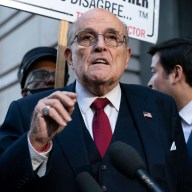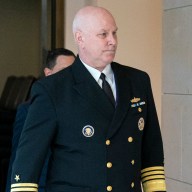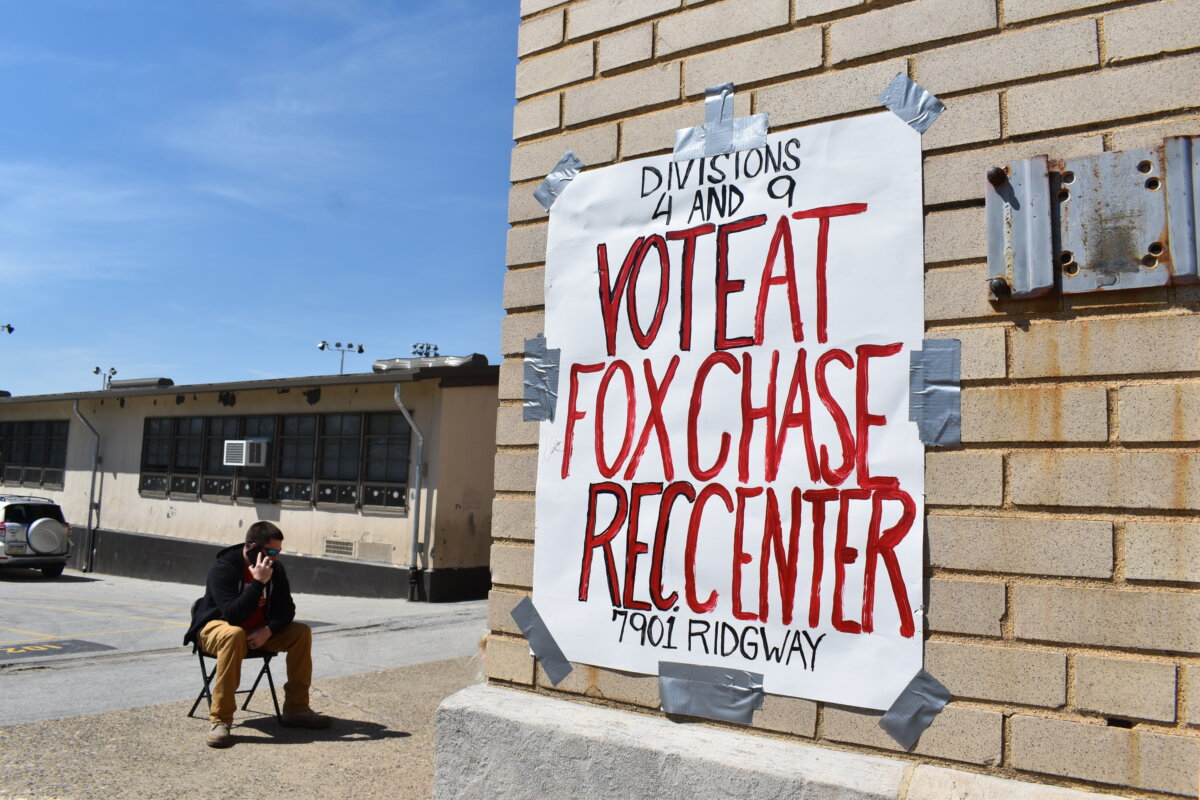 In “Frankenstein Conquers the World,” a boyish Frankenstein monster colossus battles a giant lizard.
In “Frankenstein Conquers the World,” a boyish Frankenstein monster colossus battles a giant lizard.
Credit: Provided
Victor Frankenstein only brought his creature to life once, but theater, music and especially movies have resurrected it repeatedly and often. Each version is a kind of monster itself, a desecration of Mary Shelley’s 1918 original. Now comes “I, Frankenstein,” which was deemed too horrific to screen for critics. Here are some other monsters created out of the monster.
 The version of Frankenstein’s monster in the first screen version of the tale was very different from future versions.
The version of Frankenstein’s monster in the first screen version of the tale was very different from future versions.
‘Frankenstein’ (1910)
Edison Studios was the first to put the story — and particularly its creature, who looked more like a hammy children’s performer — on a film screen. Greatly condensing the narrative into 16 minutes, it also changed the ending for a more symbolic one, complete with a neat and clean happy ending for our mad scientist hero.
 Boris Karloff portrayed the most iconic incarnation of the monster in James Whale’s 1931 film “Frankenstein.”
Boris Karloff portrayed the most iconic incarnation of the monster in James Whale’s 1931 film “Frankenstein.”
Credit: Provided
‘Frankenstein’ (1931)
Released half a year after “Dracula” kickstarted the movie monster craze, the Universal version immediately became the most iconic incarnation, even eclipsing the novel in the public consciousness. Of course, it violates the source about at least much as the Edison version, no less in the monster himself: more a muttering zombie with nifty neck plugs. Universal resurrected it as often as it could, though star Boris Karloff only played him twice more, including in the superior sequel, “Bride of Frankenstein,” which married deep feeling to high camp. Even Bela Lugosi took over the role in “Frankenstein Meets the Wolf Man,” which surely only nursed his hatred for Karloff.
 Christopher Lee embodied Hammer Film’s version of the Frankenstein monster in “The Curse of Frankenstein.”
Christopher Lee embodied Hammer Film’s version of the Frankenstein monster in “The Curse of Frankenstein.”
Credit: Provided
‘The Curse of Frankenstein’ (1957)
Starting in the 1950s, with their take on the Shelley, England’s Hammer Films launched their own, in-color versions of Universal horror classics. They take their own liberties with the novel, but their creature (played by Christopher Lee) is more faithful — more violent and psychotic but also, in other ways, more recognizably human. Like Universal, they spun off several sequels, the most luridly titled being 1969’s “Frankenstein Must Be Destroyed.”
‘Frankenstein Conquers the World’ (1965)
Even the Japanese genre of “kaiju” films — named for “strange creatures,” usually enormous in size, recently revived for “Pacific Rim” — got in on the act. Here, the heart of Frankenstein’s monster is kidnapped and accidentally exposed to the Hiroshima bombing, where it not only grows in size but also grows body parts. Eventually this colossus dukes it out with a giant lizard, who’s definitely not Godzilla. Shelley’s creation (or its name) was brought back for “The War of the Gargantuas,” in which there are two “Frankensteins,” who are now incredibly hairy.
 Michael Sarazzin plays the monster in the TV movie “Frankenstein: The True Story.”
Michael Sarazzin plays the monster in the TV movie “Frankenstein: The True Story.”
Credit: Provided
‘Frankenstein: The True Story’ (1971)
It was never a true story, but this two part TV miniseries aims pretends like it almost could have happened. As conceived by author Christopher Isherwood and his lover Don Bachardy, the monster (Michael Sarrazin) starts off as a beautiful, unblemished man and only grows hideous as he starts to decompose.
‘Andy Warhol’s Frankenstein’ (1974)
Warhol spent the 1960s carving out his name as one of the avant-garde’s most uncompromising (and strangely money-making) filmmakers. In the 1970s he put his name on much less esteemed product, including a sexy “Dracula” and a “Frankenstein” heavy on incest, necrophilia and other campy transgressions, all of it in 3-D and with Udo Kier.
‘Young Frankenstein’ (1974)
Most comic filmmakers have no visual style, so kudos to Mel Brooks for accurately — scarily accurately — mimicking the look and feel of director James Whale’s ‘30s “Frankenstein” numbers. And Peter Boyle is only second to Karloff himself, while never-more-manic Gene Wilder mops the floor with original star Colin Clive.
 Sting creates a luckily hot Bride in “The Bride.”
Sting creates a luckily hot Bride in “The Bride.”
Credit: Provided
‘The Bride’ (1985)
There was a not very long period where Sting tried to be one of the few pop stars to not get buried by the movies. Here he’s Baron “Charles” Frankenstein, and the film begins where “Bride of Frankenstein” ends: with a gnarly monster (Clancy Brown) rejected by the mate created for him. But the mate is actually hot Jennifer Beals, who Frankenstein decides to make his own. There’s also a dwarf (David Rappaport).
‘The Monster Squad’ (1987)
In the early days of Hollywood’s love for smart-alek star screenwriter Shane Black (“Lethal Weapon”), they made a smaller film out of his script, in which a bunch of suburban kids end up fighting all the classic movie monsters, with Frankenstein’s monster (Tom Noonan) as an ally against Dracula, the Mummy, the Gill-man, etc. More importantly, they discover that the Wolf Man has testicles.
 Nick Brimble’s creature tries to off a futuristic scientist (John Hurt) in Roger Corman’s “Frankenstein Unbound.”
Nick Brimble’s creature tries to off a futuristic scientist (John Hurt) in Roger Corman’s “Frankenstein Unbound.”
Credit: Provided
‘Frankenstein Unbound’ (1990)
Roger Corman claims to have never lost a buck in the movie business. But he made enough to cover “Frankenstein Unbound,” a for-him semi-pricy 1990 comeback that took a tortured meta approach to the material. Here, a futuristic scientist (John Hurt) is sucked back to 1817, where he meets both Mary Shelley (Bridget Fonda) and her monster (Nick Brimble), who is real. There are lasers, and there is another pop star, INXS frontman Michael Hutchence, this time playing as Lord Byron.
‘Mary Shelley’s Frankenstein’ (1994)
Just as the 1931 “Frankenstein” did, this adaptation was launched after the success of a “Dracula” movie, namely the nutty, sensuous 1992 version by Francis Ford Coppola. Director/star Kenneth Branagh tries to stick closer to the novel, but he gets the mix wrong. It’s a ludicrously overheated melodrama, with every moment underlined for mega-dramatic effect and Branagh himself upstaging Robert De Niro’s messy creature with bulging eyed Mr. Theater line readings. Sadly, by trying to keep it real, Branagh only succeeded in killing the cinematic Frankenstein monster for two whole decades.
















